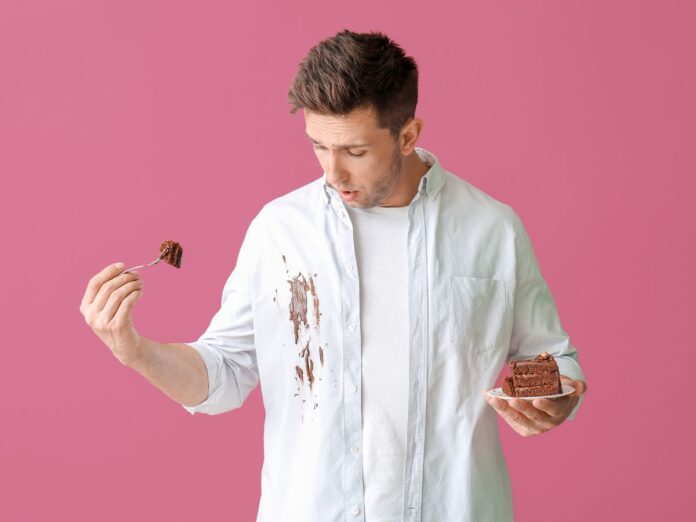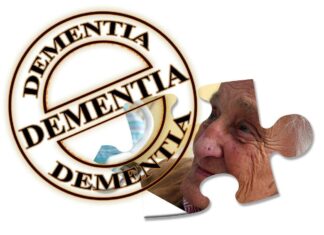Food is a necessity. People need it to live, and according to dietitians, eating healthy meals three times a day should help give the energy to finish daily tasks. However, they also cause frustrations, especially for adults with kids.
Foods commonly cause stains on clothes and different fabrics in the house. They get transferred through spillage and splattering. The worst part is that they are not easy to remove and can damage some fabrics if you don’t clean them immediately.
What You Need to Fight Stains
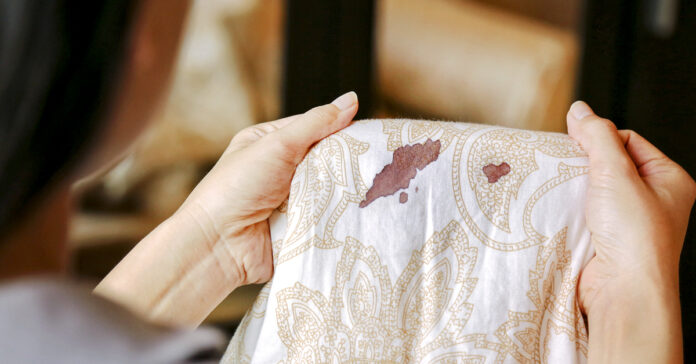
Whether it’s red wine on your favorite pair of pants, ketchup on your kitchen chair, or grease all over your shirt, it’s time to clean up. Here are the cleaning products you’ll want to have on hand for a quick and easy clean up that removes food stains for good:
- Vinegar
- Club soda
- Baking Soda
- Salt
- Stain remover
- Dishwashing liquid
- Bleach
- Acetone
Food Stains: How to Remove Them
According to the website, kellysdrycleaners.com, besides the dirt from outdoor activities, food is a leading cause of stains on clothes. Some are easy to remove, but others are stubborn. To give you ideas on cleaning stained fabrics, here are some practical ways to do it:
1. Tomato-Based Ingredients
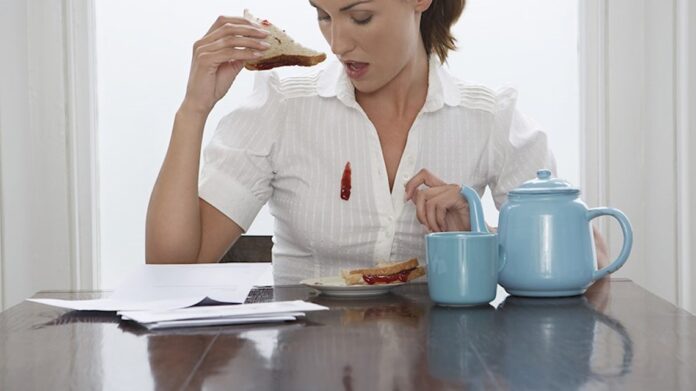
Foods with tomato-based ingredients like spaghetti and pizza are among the leading causes of stains on clothes and table mantels. When they dry onto the fabric, it would be difficult to remove them already.
The first tip is to avoid running the affected fabric under hot water. It can only set the stain further and spread it to other parts of the cloth or mantel.
If you want to remove the stain without using a washing machine and commercial detergent, you should mix cold water with dishwashing liquid and white vinegar. Soak the fabric for at least 30 minutes, then gently rub it to remove the stain. If it didn’t go completely after the first try, repeat the process a couple more times until there’s no trace of the stain.
2. Chocolates
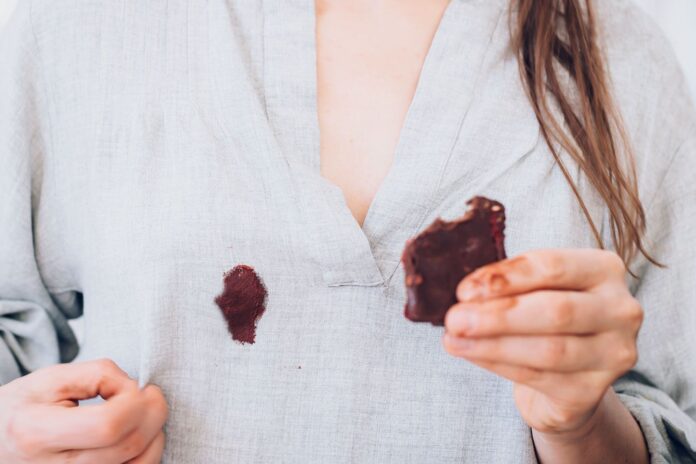
Chocolate is one of the most stubborn stains that ever existed. Many people have provided ways of removing it from different fabrics, but they often don’t work. The main reason they fail is they don’t tell you to avoid scraping the chocolate from the article of clothing. When you do it, it will spread to the surrounding portions of the fabric, making it more challenging to clean.
The best way to remove the stain is to pick up the remaining chocolate bits from the fabric, then run it under cold water. Afterward, pour liquid detergent or dishwashing liquid onto the stained area and let it sit for about 15 minutes. Once the time is up, soak the fabric in cold water for another 15 minutes, then rub the stain off it.
3. Chewing Gums and Candies
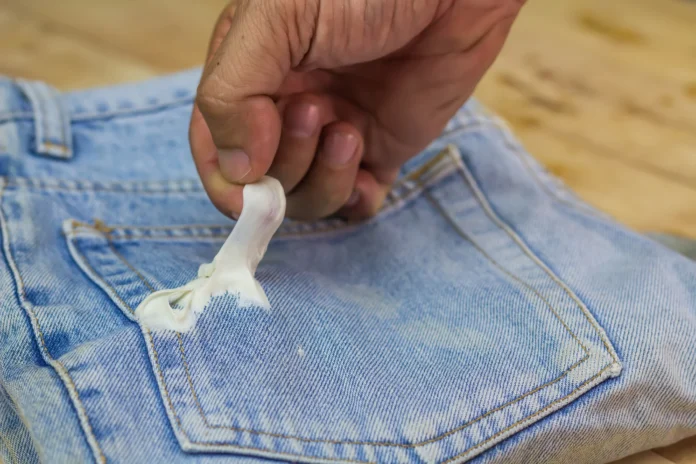
Chewing gums and candies are one of the easiest stains to remove. The steps for removing it from an article of clothing are straightforward. All you have to do is put the damaged fabric into the freezer to solidify the gum or candy.
Once the stain has hardened, pull it out of the fabric. If there are still remnants of the gum or candy, soak them in rubbing alcohol for a few minutes, then scrape the excess.
4. Grease
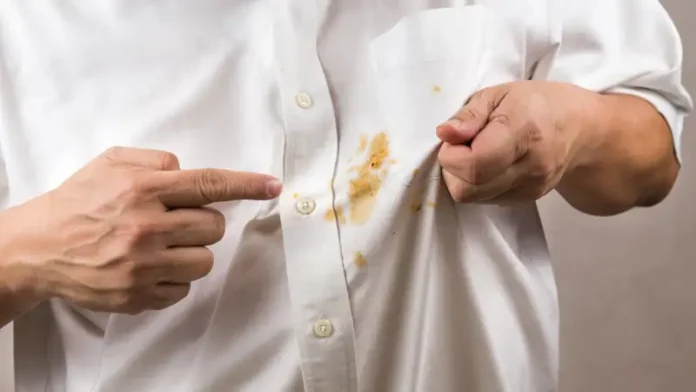
Any grease, be it from cooking or the food itself, is challenging to remove from a piece of fabric. It is often slimy and can spread quickly. However, there is a simple way to remove it and clean the affected clothing. It only requires kitchen staples to conduct effectively.
The first step is to cover the stained area with cornstarch or baking soda and leave it there for about two minutes to help absorb excess grease from the fabric. The next step is to pour enough dishwashing liquid onto the affected area, then using tissue paper, dab it gently to remove the stain. After a few minutes, you’ll notice it starts to lighten up. Continue the process until the stain is completely gone.
5. Red Wine
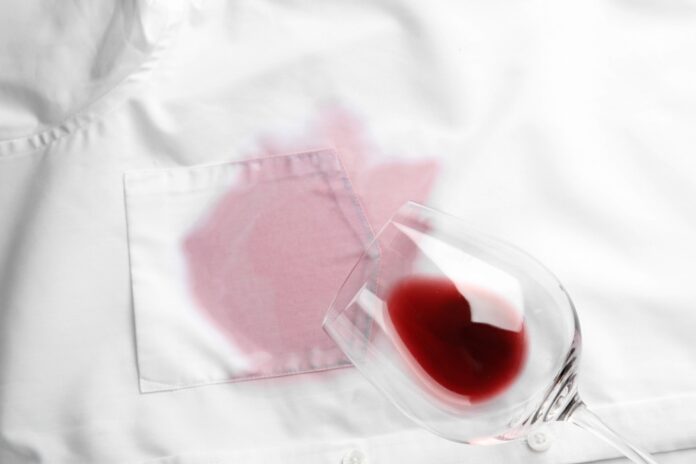
Stains caused by accident spillage of red wines are also challenging to remove. The worse part is the affected items are usually the couches, pillows, or bedsheets. Unlike everyday clothes, these things often require professional cleaning services.
If you need a quick solution, pouring a small amount of white wine and dabbing it gently with tissue paper can help lighten the stain. It will prevent permanent damage to the cloth. Also, if you can wash the fabric immediately after the stain lightens up, please do so to remove the traces of red wine completely.
6. Coffee
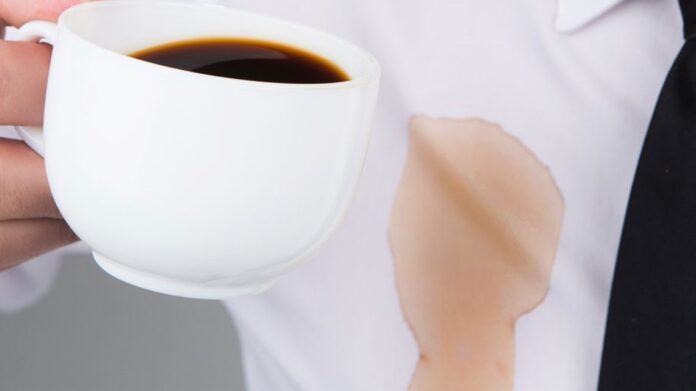
All of us have been there. You spill some delectable cold brew coffee on your shirt during a hectic morning. Use club soda to soak the soiled area of the fabric to treat it. Next, dab the stain with a clean cloth until it disappears.
Similar to this, if your cup of coffee spills onto the carpet, dab it up with a cloth or piece of paper towel, then pour some beer on top and lightly dab again. Rinse with fresh water and pat dry one more to remove any remaining beer.
7. Cheese
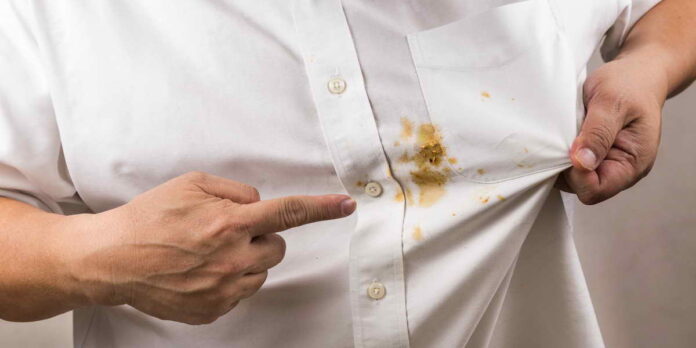
It’s best to start by carefully rinsing off any excess cheese that comes with the stain. Let it sit for 30 minutes, then apply liquid washing detergent to the stain. After removing the stain, wash the clothing in hot water in the washing machine.
Carpet cheese stains are no match for dishwashing liquid. Two cups of chilly water and a tablespoon of dishwashing liquid are all that are needed. Apply the mixture to the stain with a light brush, then clean it away with a sponge. Using a clean cloth, dab the stain until it is gone.
Key Takeaway
When you encounter stubborn food stains, you must remember that the first few minutes of it on the fabric are crucial. If you can remove the stains immediately using the correct methods, then do so. When the stain sets on the cloth, it is harder to clean them. You have to stock up on the household items that help remove the stains from different fabrics. So when an accident spillage happens, you are ready with those cleaning materials.
